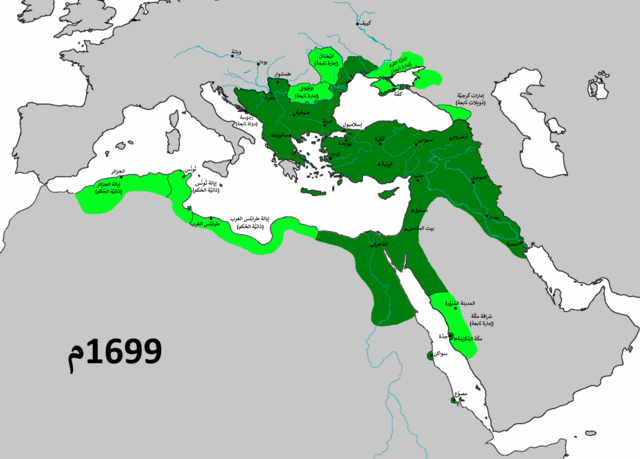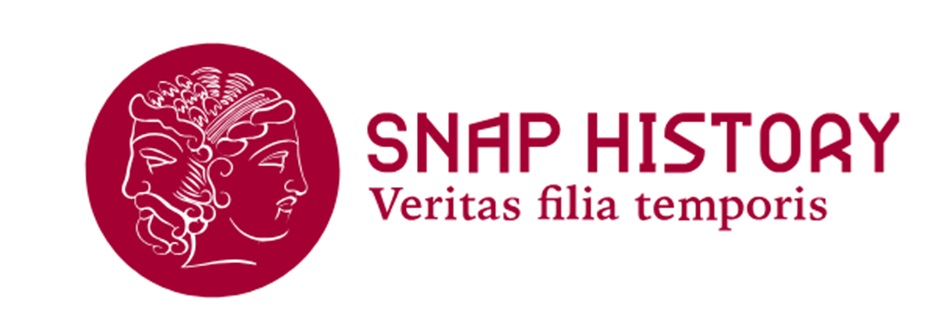The Sultan of the Ottoman Empire
Strength and tolerance

Ottoman Empire 1699 - Wikimedia commons
The Ottoman Empire, also known as the Turkish Empire, was a long-standing dominion that lasted for approximately 623 years.
Initially, they were a nomadic warrior population that appeared in Anatolia at the end of the 12th century, organized as a sort of tribal military democracy. A people of Islamic faith, they began expanding in the 15th century.
The international context and the political-social model, centered on the concepts of strength and tolerance, fostered their expansion. This political model revolved around the Sultan, who held unique and undisputed sovereignty, supported by a professional administrative, bureaucratic, and military system based on the principle of meritocracy, with no inheritance rights.
The Sultan ruled the empire and was required to embody four virtues: strength, tolerance, justice, and wisdom. He had to be Turkish through his paternal line, undergo circumcision, and follow a path of apprenticeship. Upon reaching the age of majority, at 14, he was eligible to aspire to power, often achieved through fratricide, carried out by assassins through strangulation with a silk cord.
This practice was introduced by Mehmed II, who, after his personal experience, enacted a law establishing fratricide as one of the methods to become Sultan. To justify this, he stated: "To whichever of my sons sovereignty falls, it is befitting for the sake of order to kill his brothers".
The last instance of fratricide occurred in 1595 at the hands of Muhammad I, while from 1617, the practice of seniority, a horizontal succession method, was introduced, altering the concept of strength and the practice of apprenticeship.
The Grand Vizier embodied strength, serving as the Sultan’s alter ego and demonstrating power through military conquests. He was recruited through the devshirme system: every year, a number of boys were selected and brought to Istanbul to be trained in the art of warfare, with the most skilled among them rising to this position.
Francesco Benigno, L'età moderna. Dalla scoperta dell'America alla Restaurazione, Laterza, 2005
S. McMeekin, Il crollo dell'impero ottomano: La guerra, la rivoluzione e la nascita del moderno Medio Oriente. 1908-1923 EINAUDI, 3 October 2017
2025-03-22
Salvatore Ciccarello
